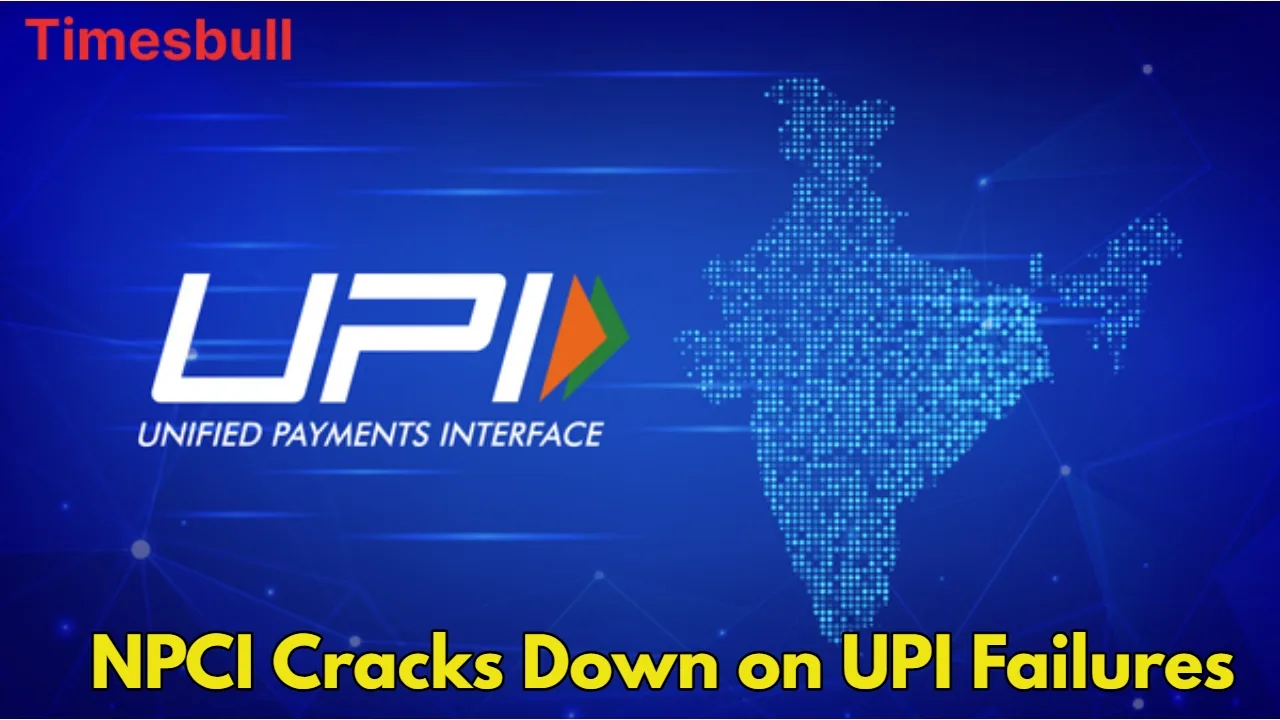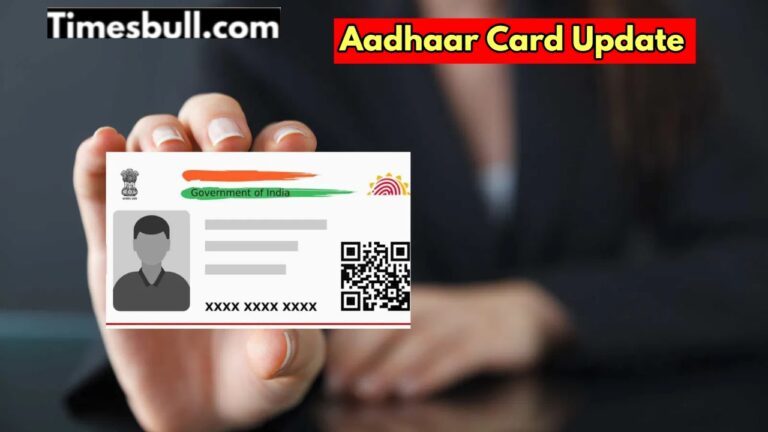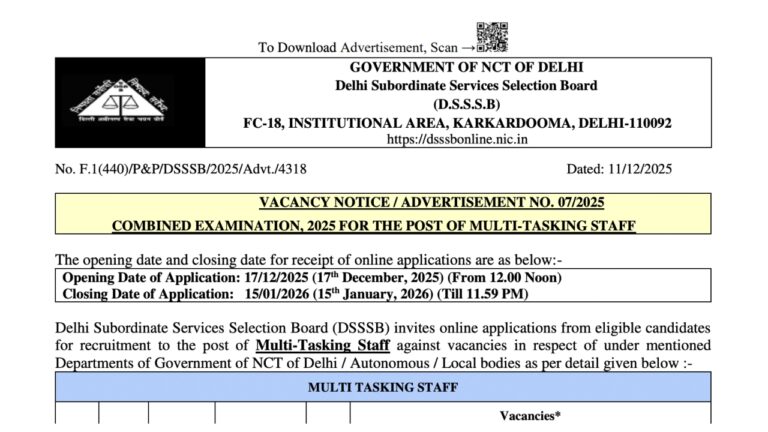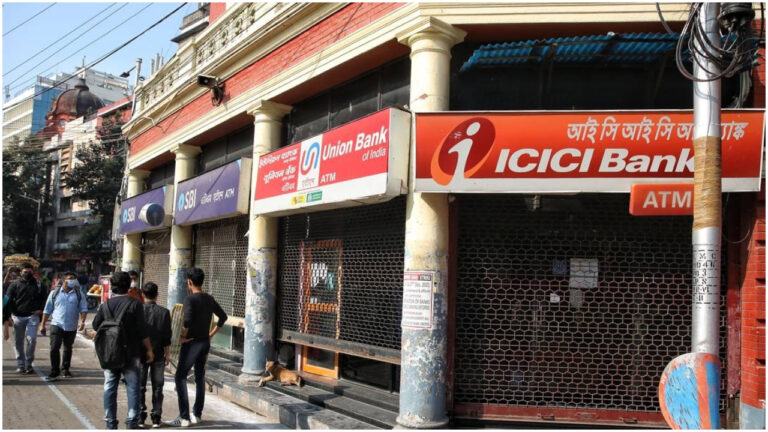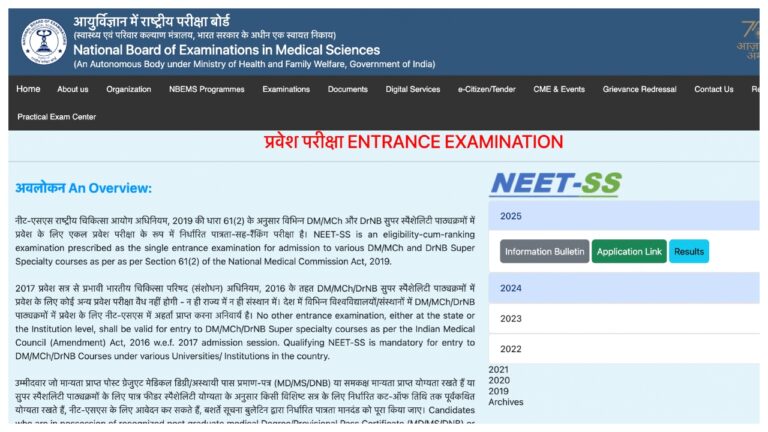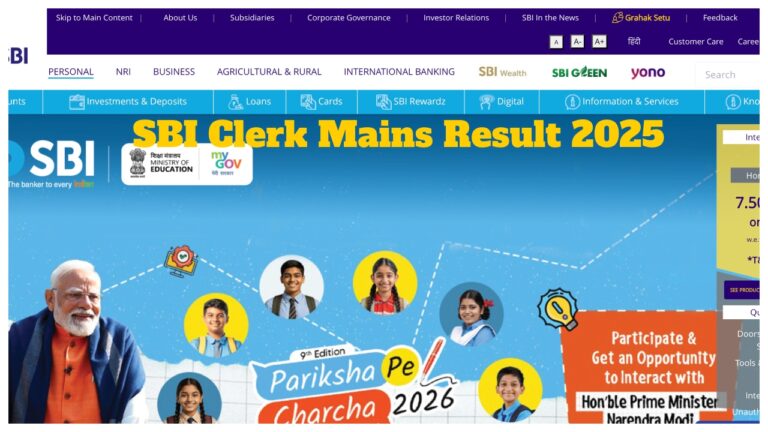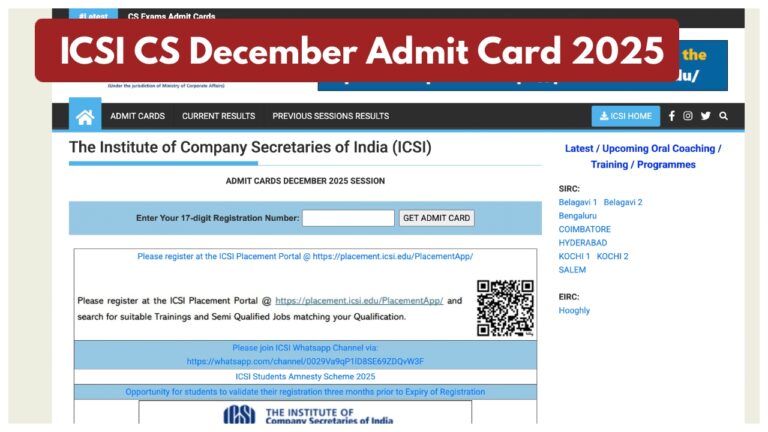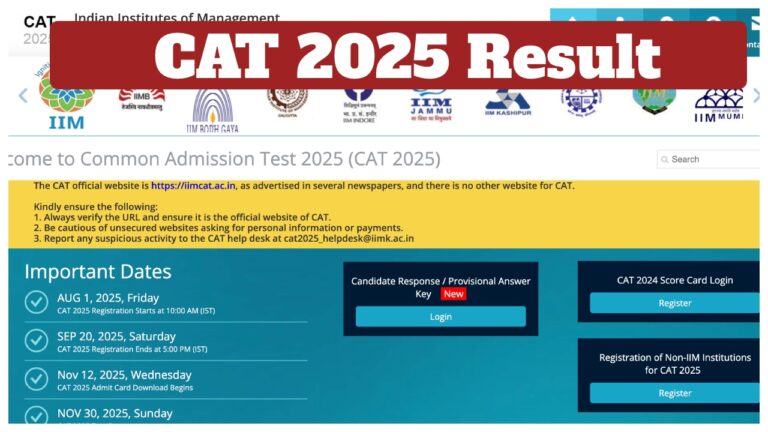UPI Rules: With the increasing reliance on digital transactions, the number of transactions on the Unified Payments Interface (UPI) has increased tremendously. But, along with this, UPI has started facing frequent interruptions, causing problems for users. The good news is that the National Payment Corporation of India (NPCI) has now become strict about this problem.
It has issued 10 guidelines related to UPI Application Programming Interface (API) to banks, which are mandatory to be implemented by July 31. These APIs are the protocols that make secure data exchange possible between the banking system and the UPI network. Let us know what are these new rules and how you will get rid of the problem of frequent UPI outages.
Why did NPCI issue strict instructions related to UPI API

According to the news of the English newspaper Business Standard, NPCI has asked UPI payment service providers and banks to monitor the use of their APIs and use them in a restrained manner. Apart from this, NPCI has also directed to impose a ‘rate-limit’ on the number of API calls.
This step was taken after an analysis done last month, which found that banks were sending so many API calls like “check transaction status” that the system itself was starting to get stuck. The circular clearly states that for not following these guidelines, NPCI can take steps like a UPI API ban, fine, or suspend onboarding of new customers on the concerned payment service provider or bank.
UPI members and their partners have to implement these guidelines by July 31. Earlier, last month also NPCI had issued circulars to reduce the response time for four APIs and prevent their misuse. All these steps are being taken to reduce the pressure on the UPI system and make it more stable and reliable.
Banks will have to improve their system

According to experts, NPCI wants to reduce the pressure on the UPI system with these measures. So that the problem of frequent UPI hangups can be avoided. However, to do this, banks and UPI service providers will have to make significant changes to their systems.
This includes controlling the number of API calls, avoiding unnecessary calls, and strengthening their technical systems. These changes will ultimately give users a more smooth and interruption-free UPI transaction experience.
What it means for you
As a user, these new guidelines mean that in the future you will face fewer interruptions while making UPI transactions. The system will be more stable and reliable, improving your digital payment experience. This is a big step towards strengthening India’s digital payment ecosystem.
